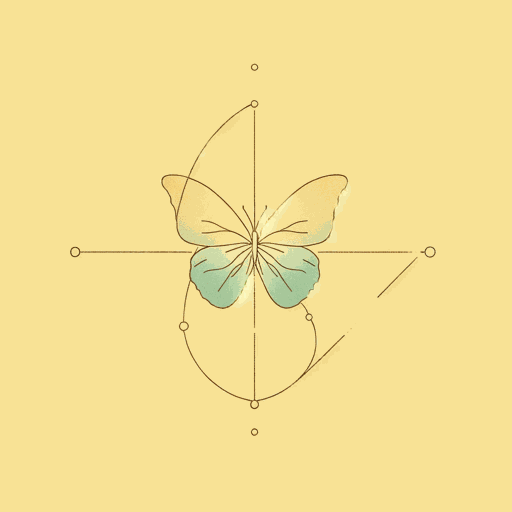53 pages • 1 hour read
James GleickChaos: Making a New Science
Nonfiction | Book | Adult | Published in 1987A modern alternative to SparkNotes and CliffsNotes, SuperSummary offers high-quality Study Guides with detailed chapter summaries and analysis of major themes, characters, and more.
Chapters 3-5Chapter Summaries & Analyses
Chapter 3 Summary: “Life’s Ups and Downs”
Chaos does not impact only the fields of meteorology or physics; it also resonates among ecologists, especially in predicting populations. The traditional Malthusian model—named for 18th-century economist Thomas Malthus—allows for only exponential growth. This does not match what actually happens in nature, however, so ecologists began looking to other equations to explain the varying rates of growth and decline. Into mid-20th century, scientists continued to look for stable patterns rather than acknowledge the instability or unpredictability within complex natural systems.
James Yorke, a mathematician introduced to Lorenz’s ideas, began to see that many scientists, especially physicists, had been trained to ignore what he would consider “chaos.” They studied differential equations which, for the most part, “cannot be solved at all” (67). That is, these equations have no relationship to actual, natural systems, and they cannot be applied to real-world problems, like fluctuations in population numbers. Yorke observed that the mathematical aberrations within a given experiment were often dismissed as mere “noise” or as flaws within the methodology. Instead, he suggested that the disorder expressed by a given experiment is part of what is necessary to understand the system being observed. He inadvertently bestowed a name upon this new way of examining systems in his paper “Period Three Implies Chaos” (69).
Featured Collections
Animals in Literature
View Collection
Appearance Versus Reality
View Collection
Business & Economics
View Collection
Health & Medicine
View Collection
National Book Awards Winners & Finalists
View Collection
Order & Chaos
View Collection
Philosophy, Logic, & Ethics
View Collection
Pulitzer Prize Fiction Awardees &...
View Collection
Science & Nature
View Collection

